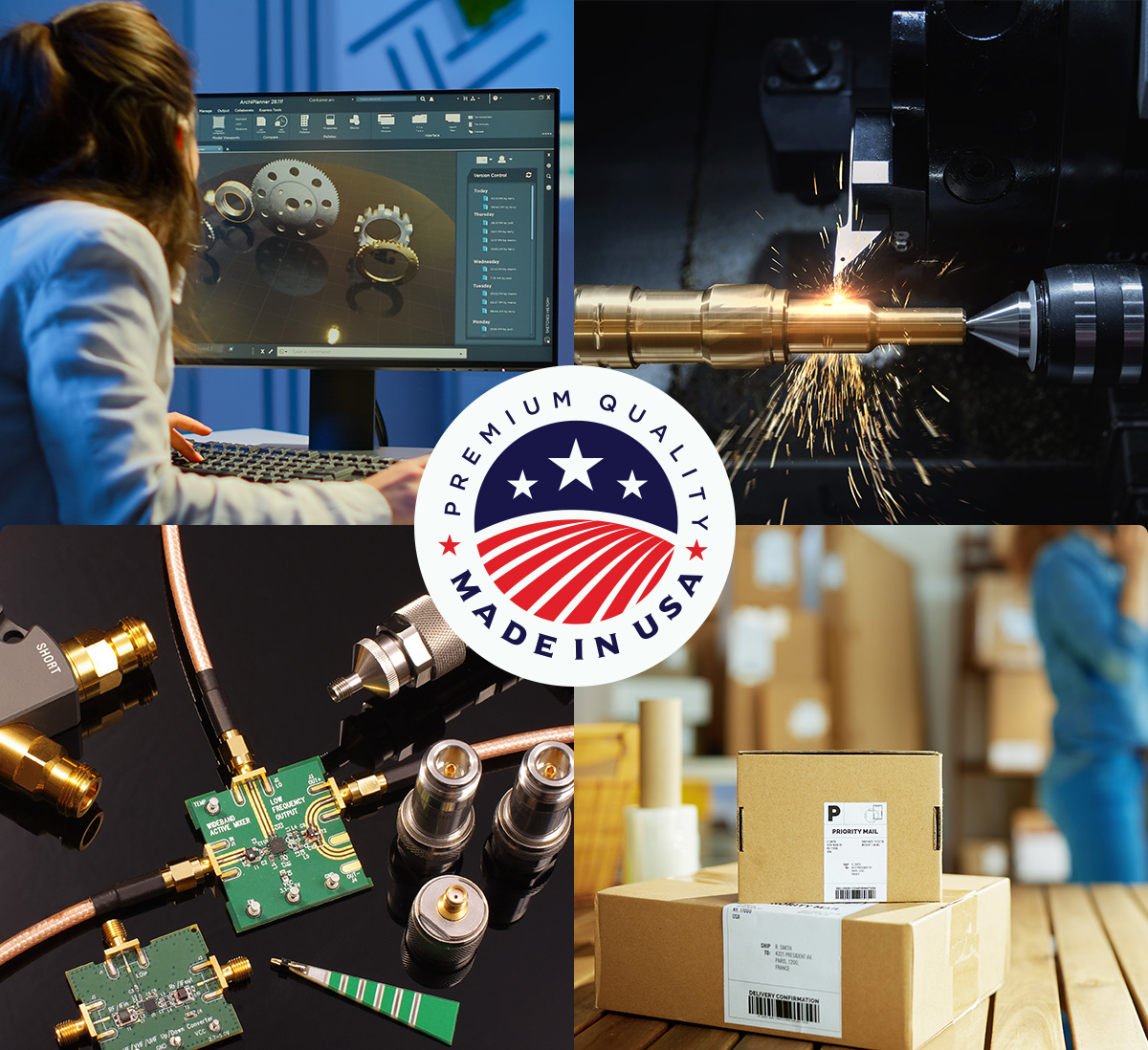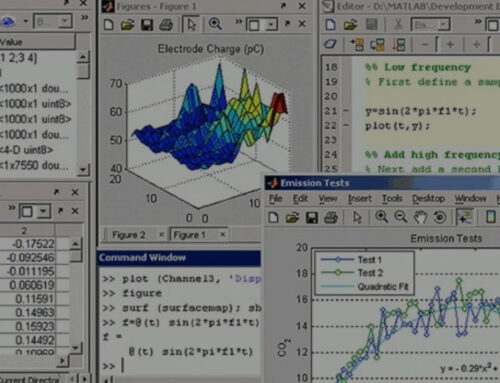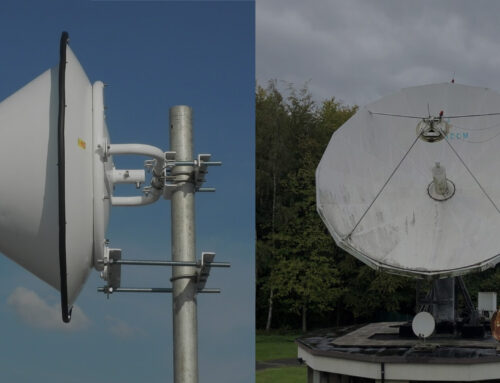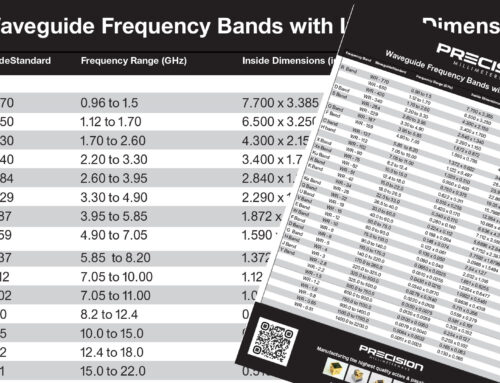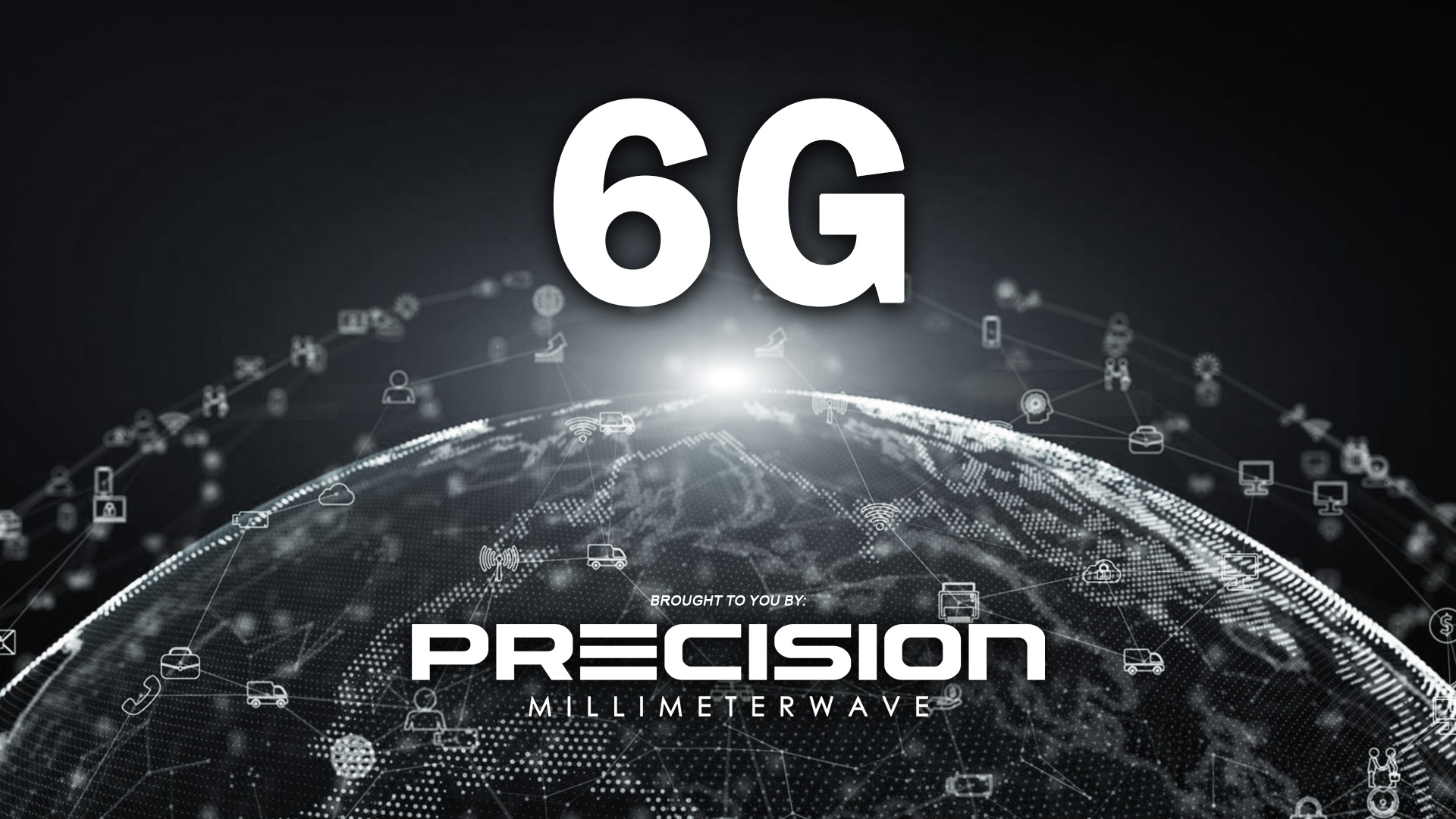
We’ve barely gotten started with 5G and fully utilizing its rollout in society, and yet here we are discussing 6G. The next jump in the RF technological spectrum will be services that utilize this higher frequency range for high speed data transmission. The technology is nothing short of revolutionary, and lot’s of hype tends to hit the mainstream.
For starters, if you need a quick refresher on some basic technical details on “”What is 6G Technology”, visit the link to that explainer. That article is a crash course for anyone interested in learning more about 6G wireless spectrum and frequencies.
For most of us, all we really want to know is “Why is 6G so promising and what will it do that 5G can’t?”
According to Samsung, 6G will be characterized by ultra-wideband, ultra-low latency, ultra-intelligence and ultra-spatialization, which will support “extreme” communication performance
A wide range of technologies such as AI, advanced sensors, optics, cloud computing, high-speed digital, satellite and robotics will undergo rapid advancement in the next decade, combining and augmenting to enable new use models made possible by 6G, according to Sarah LaSelva, director of 6G marketing at Keysight Technologies.
In one example, imagine the robots on a factory floor communicating with other robots to push, pull and move things around. When they communicate, many times the data is intense and high speed communication among devices is needed.
In automotive cars, 6G technology has already been put to use and we’ve never realized it. For years companies have deployed radar sets working in the 77GHz spectrum and higher for automotive radar. Think about when your car is moving into a parking spot and detecting how far the other is before you hit it… or when cars are moving autonomously down the street… The data is massive and has to be in real-time as the car moves down the street. These technologies are more and more using the 6G radio spectrum that allows for faster data exchange.
“In the area of communications, 6G will bring multi-sensory technologies to create new ways for people to interact with each other and with their surroundings, using not just sight and sound, but also touch, smell and taste. 6G will eliminate physical and temporal distance between people through holographic imaging, seamlessly connecting human-to-human and human-to-machine worlds,” LaSelva said.
LaSelva added that networks will be powered by artificial intelligence, allowing fully automated infrastructure optimization and autonomous service provisioning. “There will be widespread use of digital twins, exact real-time replicas of physical processes, virtual models using past and present data with machine learning to dynamically monitor, improve, optimize and enhance many different processes,” she added.
Andreas Roessler, technology manager at Rohde & Schwarz, believes that terahertz communication, joint communication and sensing (JCAS), artificial intelligence and machine learning, reconfigurable intelligent osurfaces (RIS) and photonics/visible light communication (VLC) are among those technologies that will provide revolutionary aspects in the 6G era. “JCAS may help improve the communication link while enabling more efficient beam management, beam alignment, and feedback of the channel state information collected by the receiver. It also will allow new use cases if environmental data can be communicated, such as gesture recognition, vulnerable road user detection, and human-machine interaction,” said Roessler.
Also, Ian Wong, director of RF and wireless architecture at Viavi Solutions, also believes that JCAS is one clear example of a new technology which would only be possible with future 6G systems. In JCAS, communication and sensing functionalities are undertaken jointly, enabling the network to offer sensing capabilities. Wong said that a lot of research is currently being carried out in this field.
According to Patrik Persson, 6G program manager director at Ericsson, a fundamental use case that Ericsson envisions for the future is moving in a cyber-physical continuum, between a programmable digital representation of the physical world of sensing, action and experiences. A digitalized and programmable world can deliver interactive 4D maps of whole cities that are precise in position and time and can be simultaneously accessed and modified by large numbers of humans and intelligent machines for detailed planning of activities. Such cyber-physical service platforms can issue commands to steerable systems, like public transport, waste handling, or water and heating management systems, achieving higher levels of resource efficiency, Persson said.
6G will be characterized by ultra-wideband, ultra-low latency, ultra-intelligence and ultra-spatialization, which will support extreme communication performance and enable truly immersive extended reality (XR), high-fidelity mobile holograms, and digital replicas anytime, anywhere, according to Samsung’s vision.
“With the 6G era expected to connect as many as 500 billion machines, we’ll see vehicles, appliances, and even the buildings around us being connected to this super-fast communications network. We’re already seeing today how XR devices and services such as VR and AR are being used, and digital replication technology is being harnessed in industrial IoT. In a world where 6G technology is universal, truly immersive XR services and other advanced applications like high-fidelity mobile holograms will begin to emerge,” Sunghyun Choi, head of advanced communications research center at Samsung Research.
Choi also noted that the network elements of 6G will be designed considering the cloud environment, so that they can be fully softwarized, virtualized, and reprogrammable.
Gary Ricker, Co-Founder at Precision Millimeter Wave adds “Think of the metaverse and all its promises of a virtual world, virtual transactions, virtual interactions and a 2nd reality that will exist in real-time. It’s not just the commuting power that needs to be cutting edge, but the network bandwidth to exchange massive amounts of data in real time. The radio technology that will bring that will be in the 6G spectrum and beyond. We’ve seen the rise of 6G usage explode with orders for antennas, parts, waveguides, and more pushing past the 70GHz ranges into the 300GHz ranges. I remember seeing the same trend 10+ years ago when 5G was not even known to the public and yet on the manufacturing side, we saw the push by telcom & research centers paving the way of 5G and what we see today.
ATIS’ Next G Alliance had previously released a report presenting the use cases and applications for the future 6G network. Four categories of use cases are presented in the report: Network-Enabled Robotics and Autonomous Systems, Multi-Sensory Extended Reality, Distributed Sensing and Communications and Personalized User Experiences.
The Future
It’s definitely an exciting time in the mmwave/6G space as the road to 6G is actively being refined by companies all across the globe. Its use cases span into multi-industry and will help advance society further by enabling other technologies we thought of as science fiction by providing communication and interactions in ways only dreamed of. Stay tuned and stay updated.
Other RF News, Information & Resources
About Precision Millimeter Wave
We are a growing microwave & millimeter wave manufacturing & engineering company of parts, sub-assemblies and more for both passive & active based components.
Contact us for your needs.
